
Review: Fender Acoustasonic Player Telecaster
The new Fender hybrid promises versatility and playability without the original Acoustasonic price tag.
Despite being a household name and one of the world’s pioneers of the electric guitar universe, Fender has never been a name synonymous with acoustic guitars – that crown goes to the likes of Gibson, Martin, Taylor, and even Ibanez. Fender acoustic guitars never really made the cut, never presenting a particular character or ’voice’. Somewhat understandable given the company’s penchant for solid body electric Telecaster and Stratocaster – instruments that made history, and continue to do so.
Still, acoustic instruments have been part of the company’s production line since 1963 (an initiative inspired by the burgeoning folk music scene at the time). Fender still releases a range of traditional acoustic instruments, primarily priced for the low to mid-range market.
HYBRID SPLICING
Banking on the successes of the Telecaster and Stratocaster lineage, Fender has often distilled features of these instruments into its acoustic designs. Take, for example, the California series acoustics with Stratocaster headstock and slim-taper C-shaped profile necks. A nice idea, but you simply don’t see these instruments in wide use. However, this tendency toward hybridisation birthed a clever electro acoustic concept from Fender in 2019, reinvigorating the Acoustasonic name (once used for acoustic-oriented amplifiers, a semi-acoustic Strat-styled guitar and a Telecaster-styled instrument back in 2010), unleashing the Acoustasonic Telecaster. Initially manufactured in the U.S., the Acoustasonic Telecaster is more ‘acoustic’ than ‘Telecaster’, with the body and headstock shape being the predominant nods to Fender’s 1950 maiden foray into solid-body electrics.
2019’s American-made Acoustasonic Telecaster has hit the mark with many as a versatile electro acoustic – a chameleon instrument capable of morphing from refined dreadnought acoustic through to overdriven electro-crunch without a guitar tech in sight. Sailing on the back of this success, Fender has distilled the concept into a slightly more budget-oriented Mexican manufactured rendition; the Acoustasonic Player Telecaster. There are some differences between the Corona and the Ensenada variants.
Firstly, the Player edition loses the U.S. model’s body sensor used for body percussive effects (which isn’t a major omission). The more significant omission is the reduced number of pickup modelling variations. The U.S. design includes a five-position switch whereas the Player model incorporates a three-position switch. Position 3 utilises the Blend knob to dial from ‘small body short scale’ through to ‘rosewood dreadnought’; Position 2 switches in the Fishman-designed undersaddle bridge piezo pickup; then Position 1 switches to the more traditional N4 noiseless Telecaster pickup. The electronics behind the two pickups offer a diverse range of modelled acoustic emulations through to more traditional magnetic Telecaster-style bridge pickup sounds. Of course, unplugged, the SIRS soundport and mahogany hollowbody with Sitka spruce top, provide ample acoustic volume, if not a little thin and boxy – to be expected with the small internal space of the Telecaster-sized body.
Also absent from the Player edition is the rechargeable onboard battery (yes, the electronics are active and powered). Rather than recharging via a mini USB with the American model, the Player uses a standard 9V battery, accessed via a rear panel which will give you around 20+ hours.
NEED TO KNOW

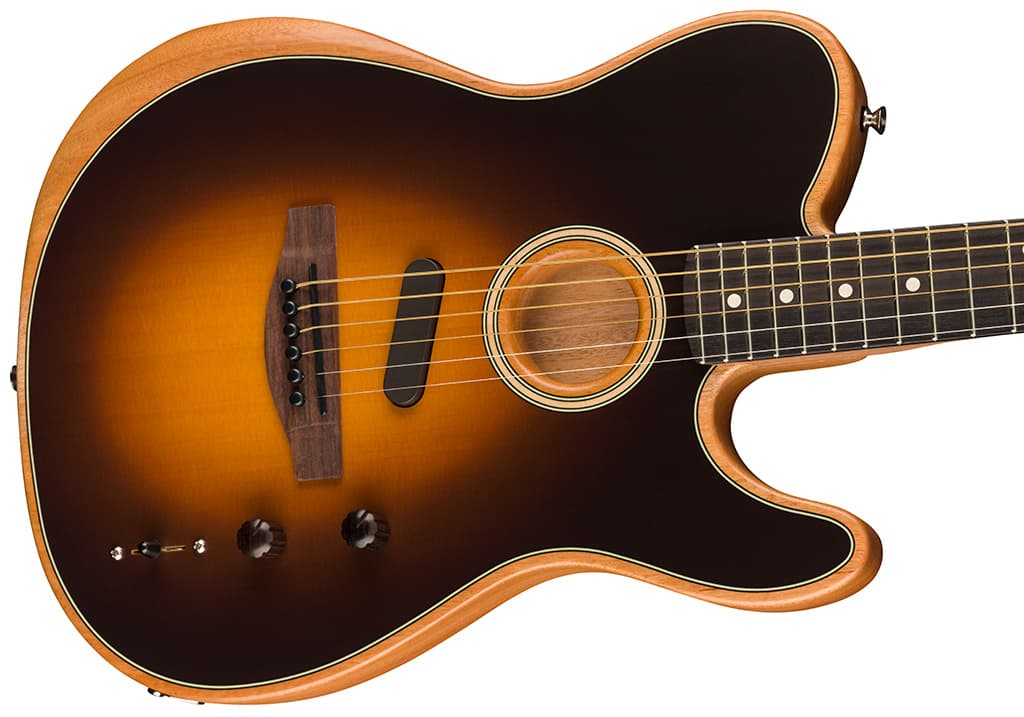
BUNDLE
Aside from these alterations there’s not a lot separating the Player model from its American predecessor. Both sport GraphTech Tusq nut and deep C-shaped 12-inch radius mahogany neck, with only 1mm differences here and there for neck width. Fretboard material is rosewood for the Player, whereas the American is ebony, so there’s some difference in tone there – nothing much to write home about. Both feature ‘narrow-tall’ frets eking out to 22 frets (should you really need that 22nd), and both models come with Fender staggered height tuners.
Each instrument also arrived bundled into Fender’s Deluxe 1225 gig bag. Some may wonder, especially at this price, why the Acoustasonics don’t include a hard case, but I imagine due the the nature of the Acoustasonics (a take-it-anywhere instrument you’re likely to be traipsing between gigs and your cohort’s studios), a gig bag is the more prudent choice. And as far as gig bags go, the Deluxe 1225 is the business – extreme padding, super comfortable back-straps, plenty of pockets, and, when combined with the Acoustasonic’s 2.3kg weight, the package comes in at a featherweight 4.8kg. Fender also include a Boveda two-way humidity control pack designed to keep your plank of wood between 45 and 55% humidity. A nice touch.
GO PLAY
You don’t have to look far across the web to find enthusiastic references to the Acoustasonic’s versatility and playability, so I’ll not go too far into my impressions, apart from confessing my reluctance to put the thing down. Price-wise there’s an appreciable discount for the Player compared with the U.S. of A. model – in Australia you’re saving a good $1200 or so. Still, the Player Acoustasonic isn’t cheap at a $1700 street price ($2199 retail). You’d collect a Mexican Player electric Telecaster for around a grand if you hunt around. Regardless, if the Acoustasonic is what you’re after – and rest assured it could cover you in countless scenarios (writing, recording, gigging – amped or otherwise), maybe the asking price isn’t so steep. In short: go play one.
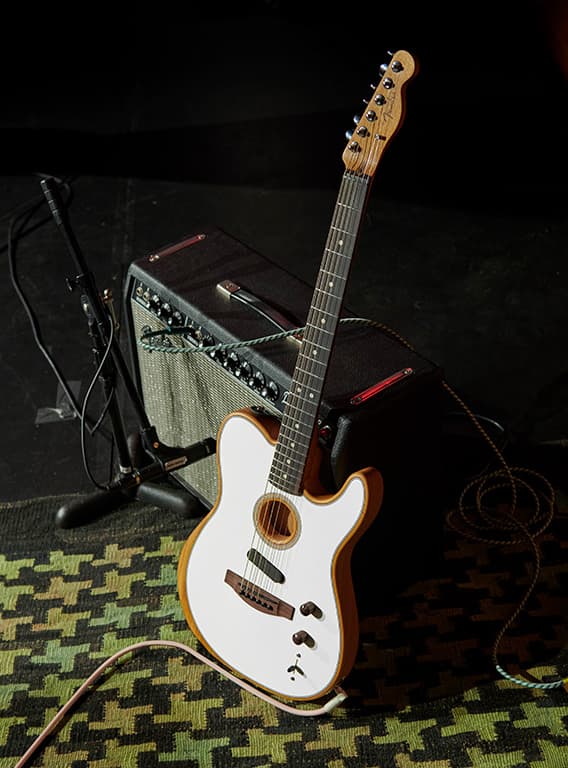













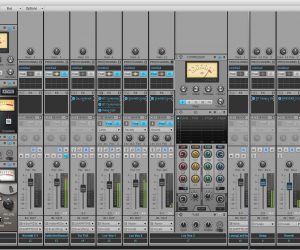
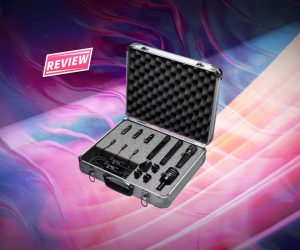
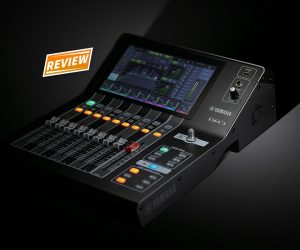






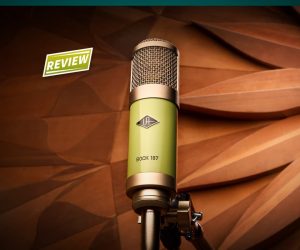

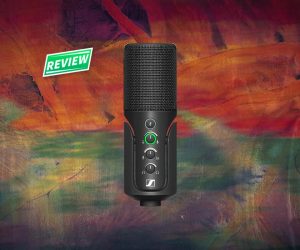


RESPONSES